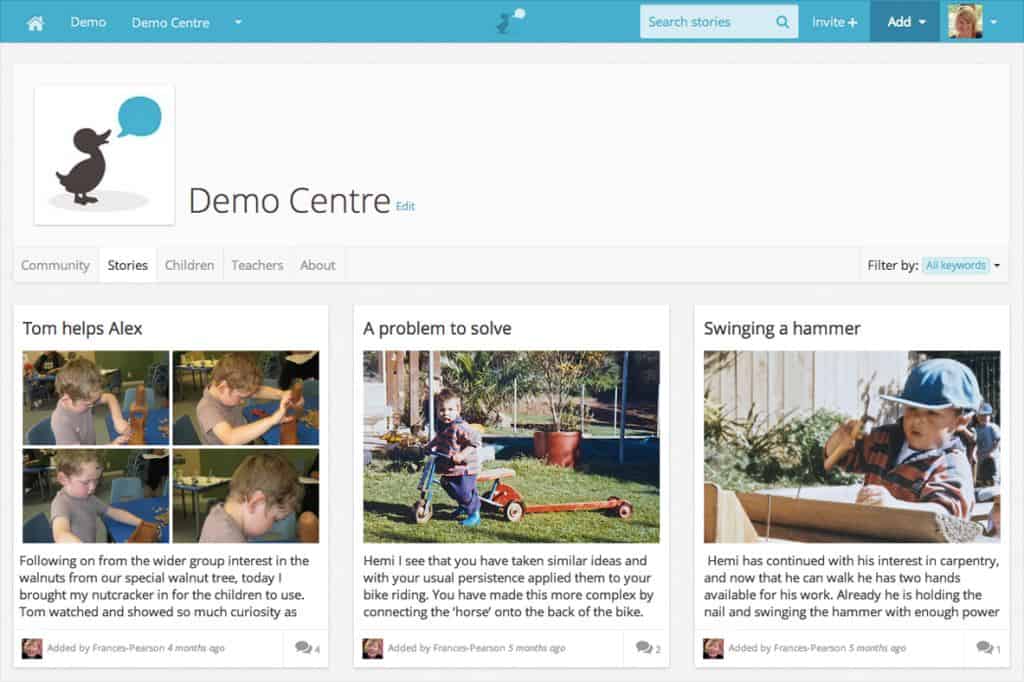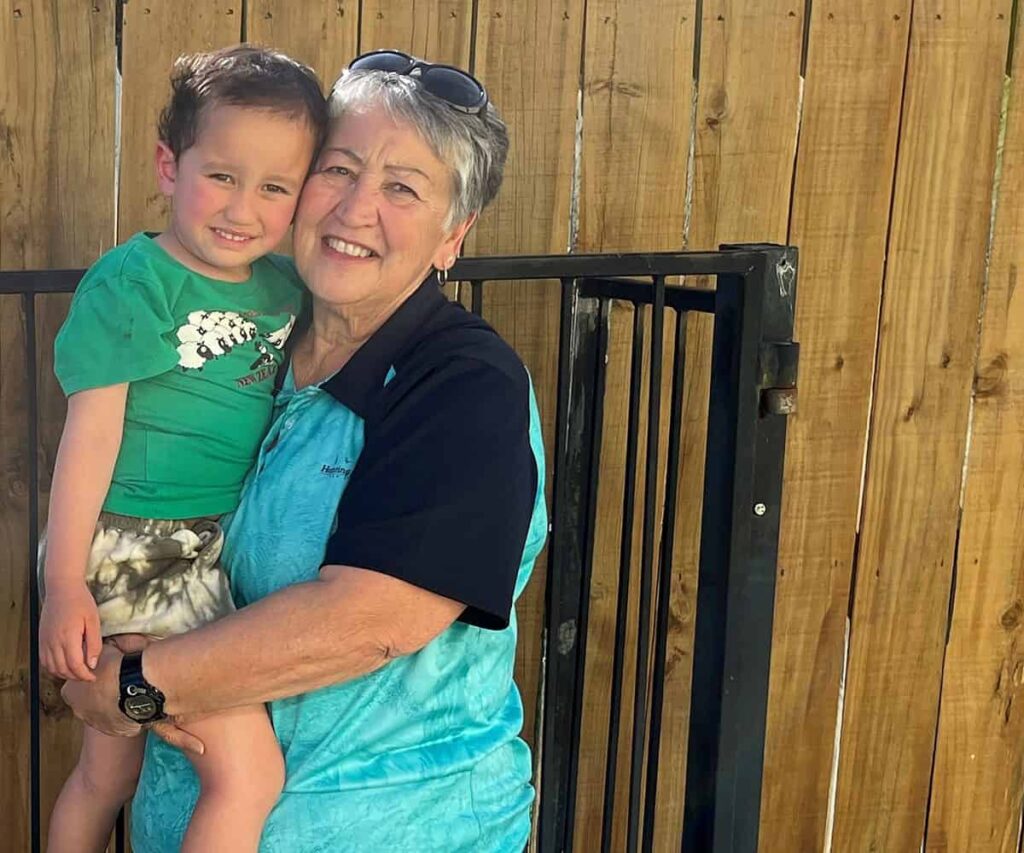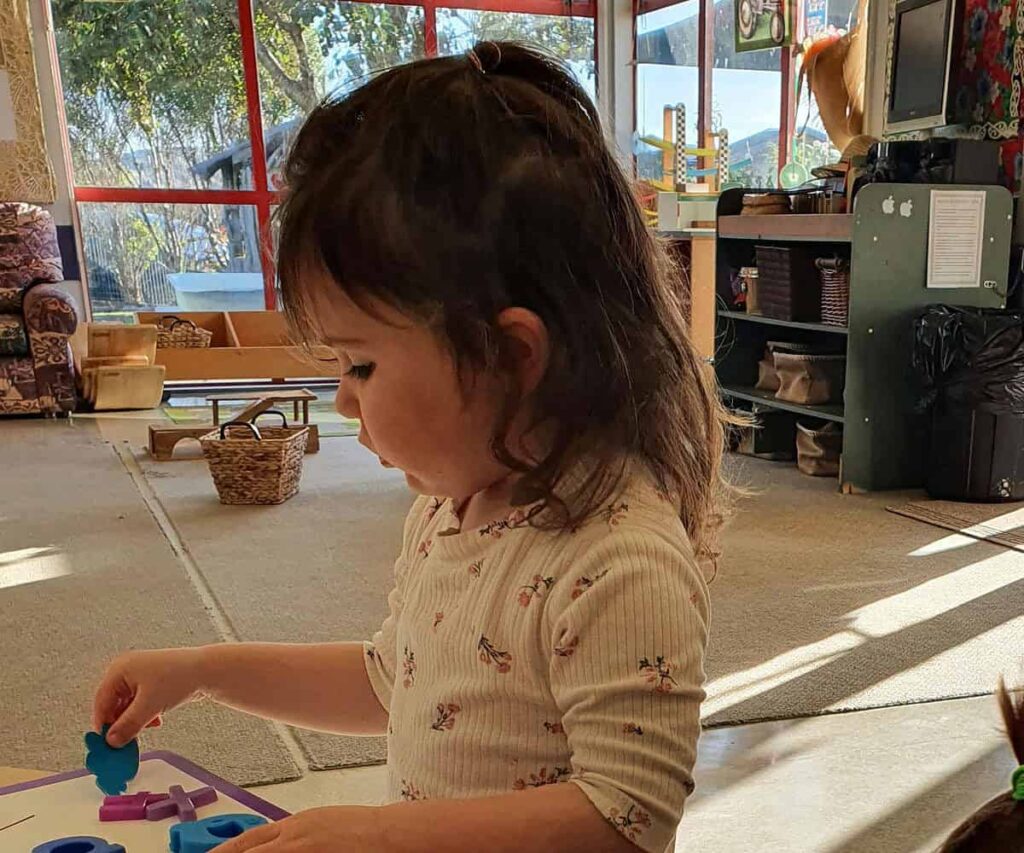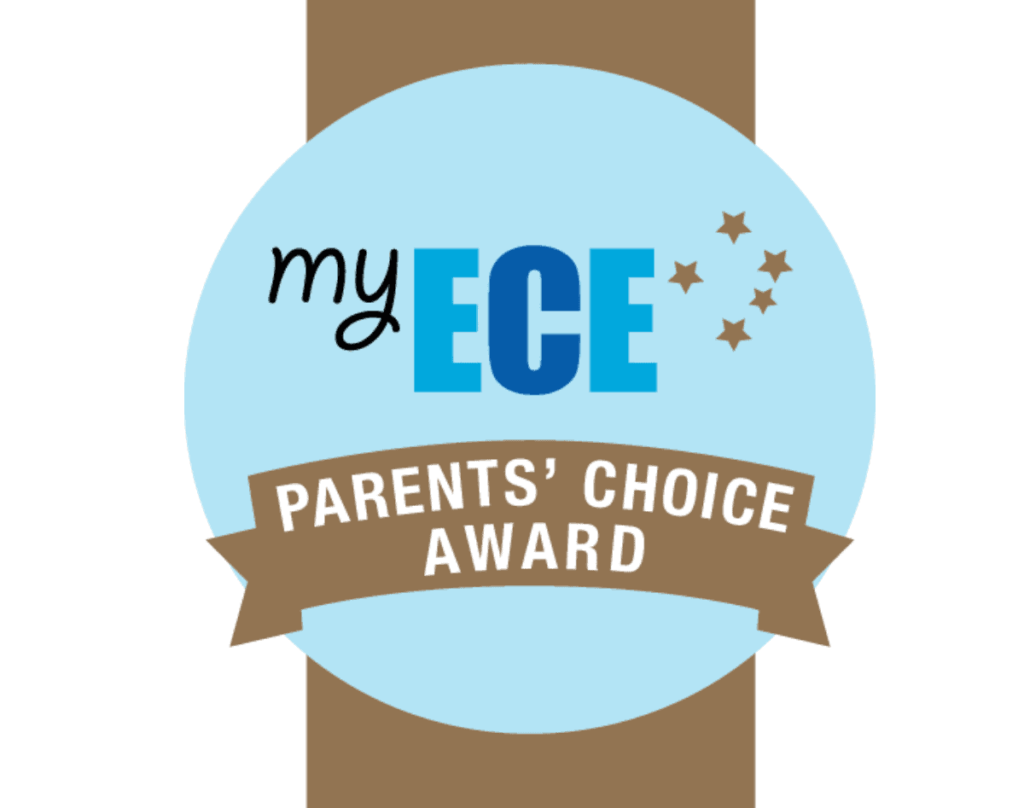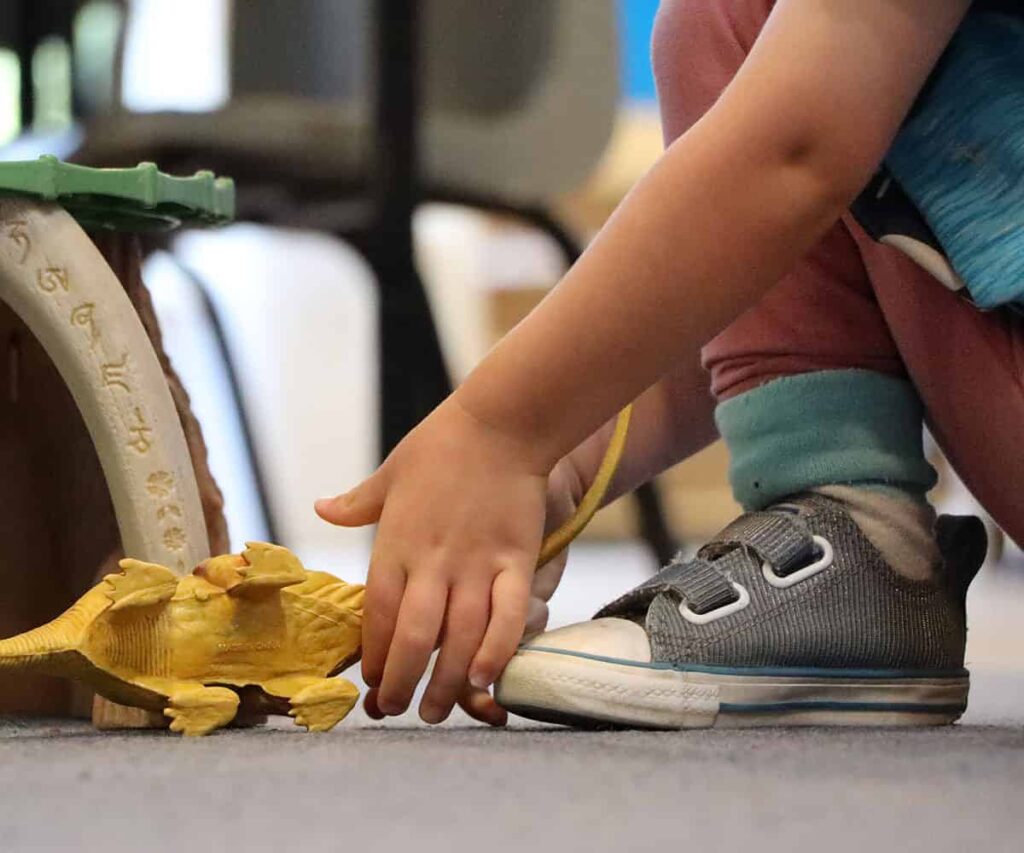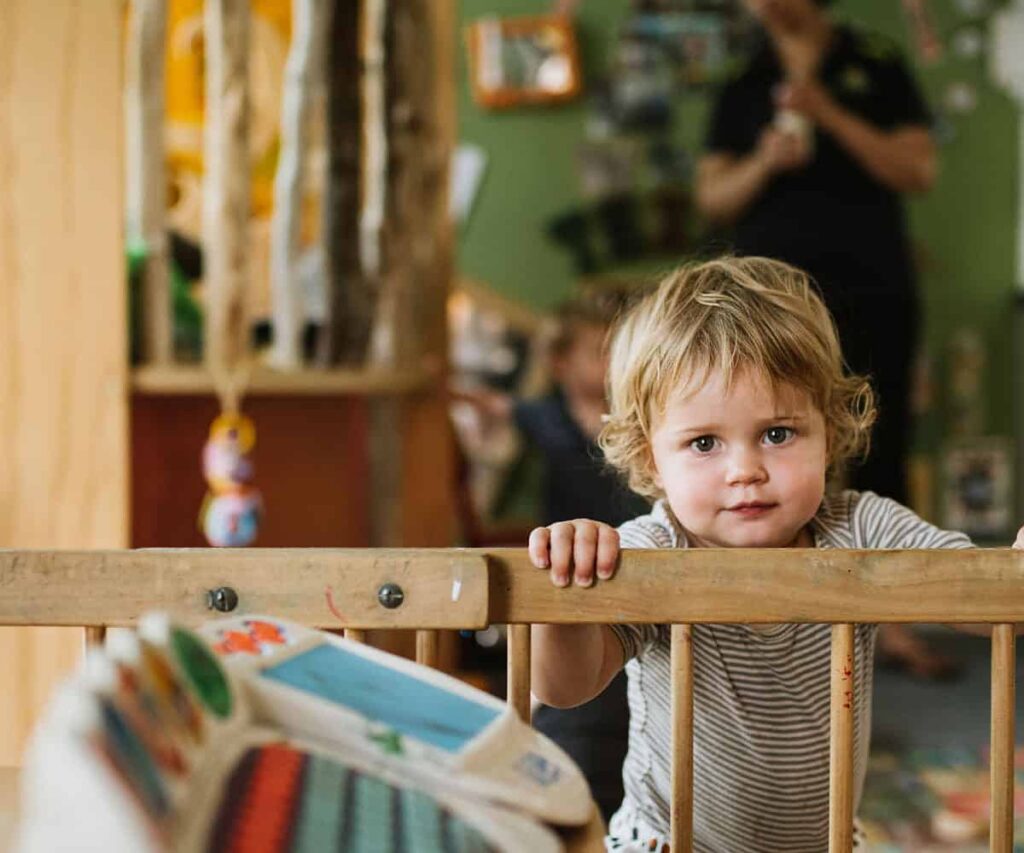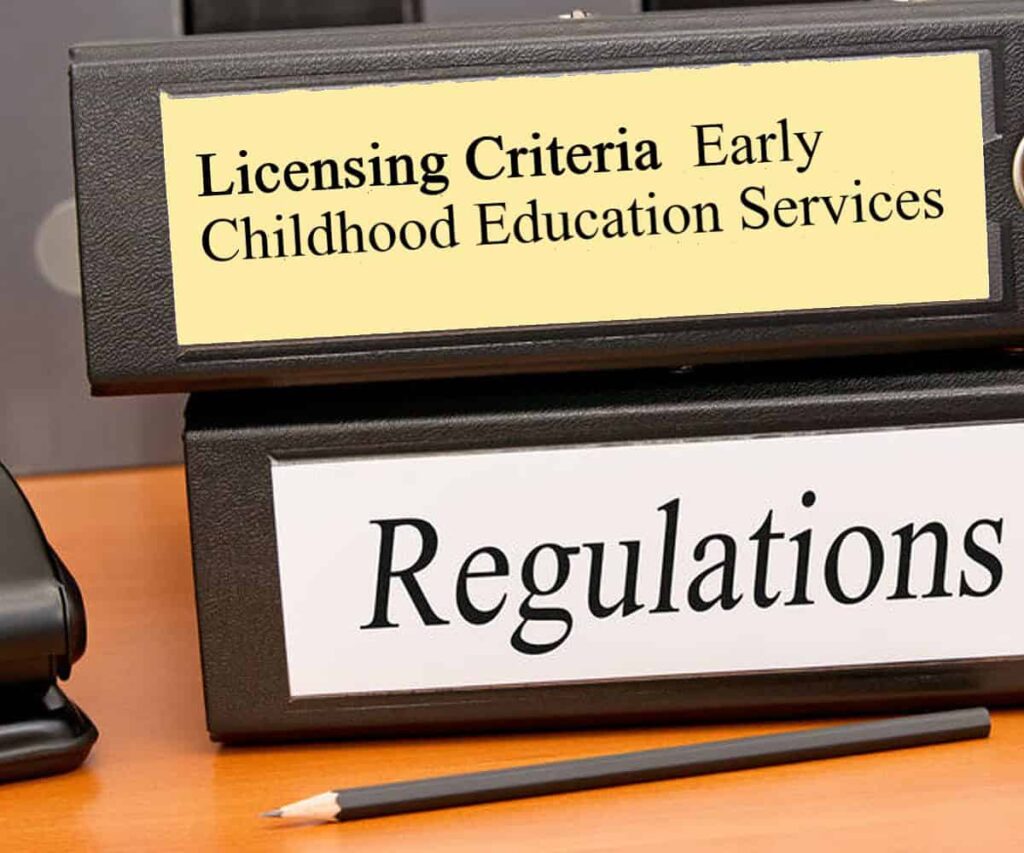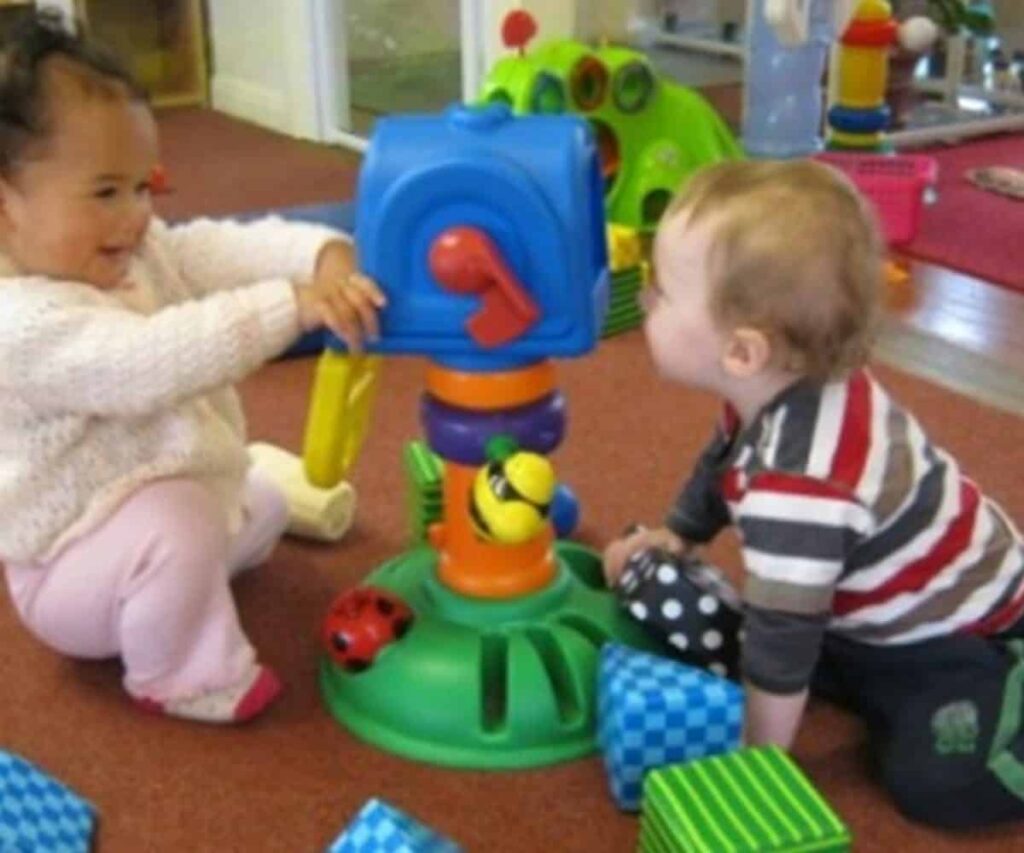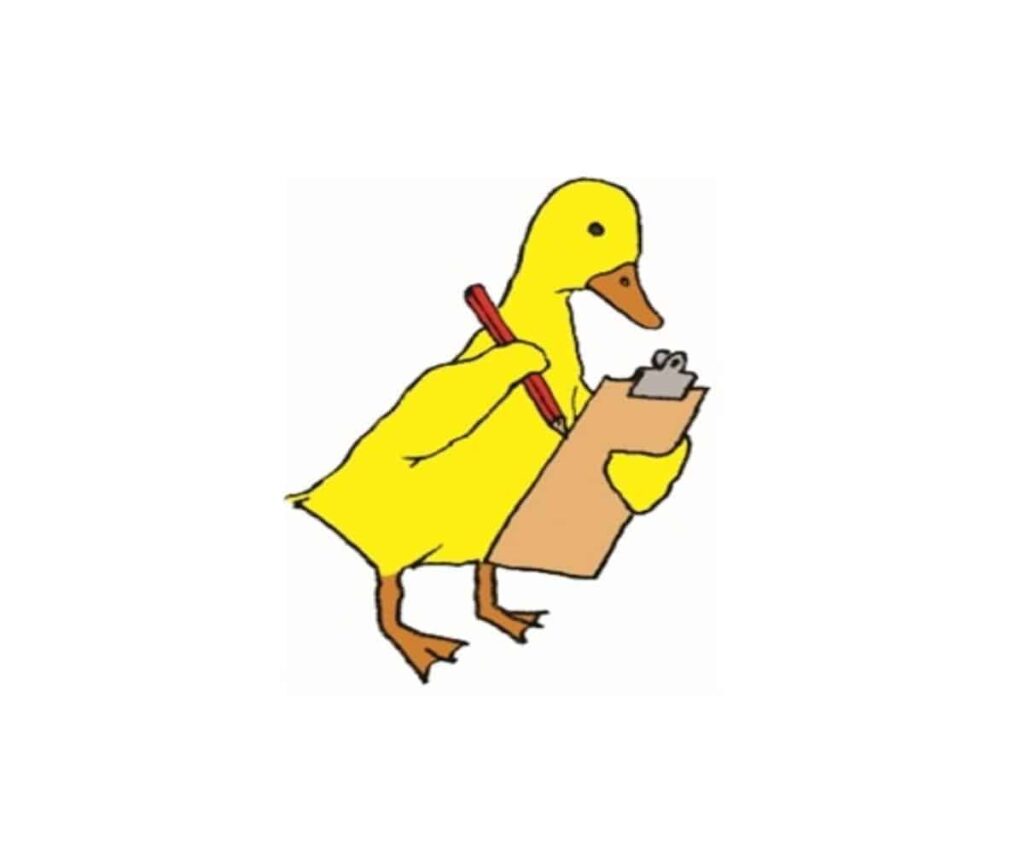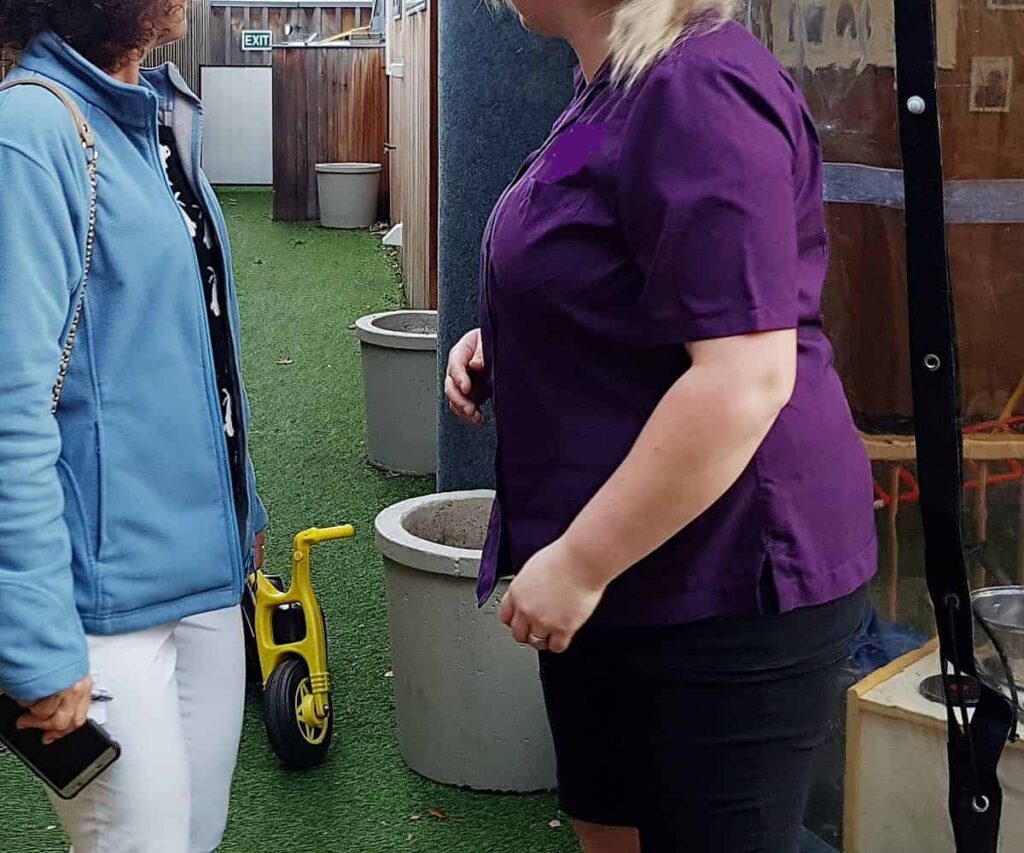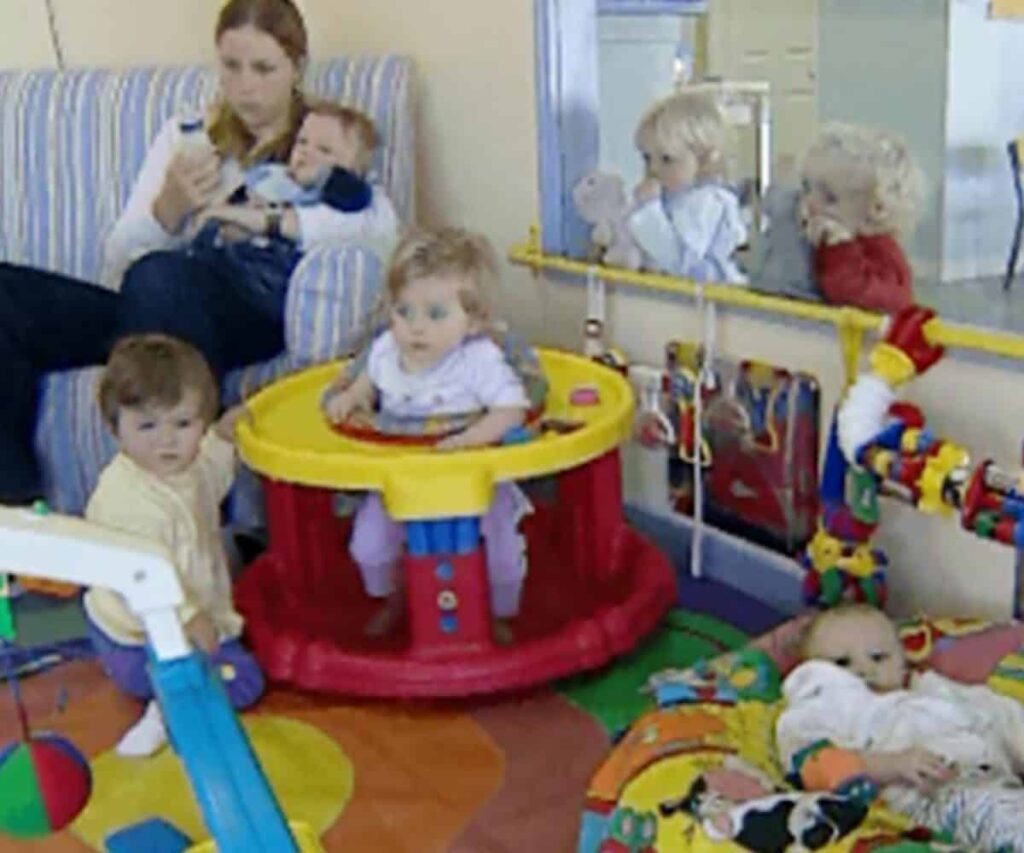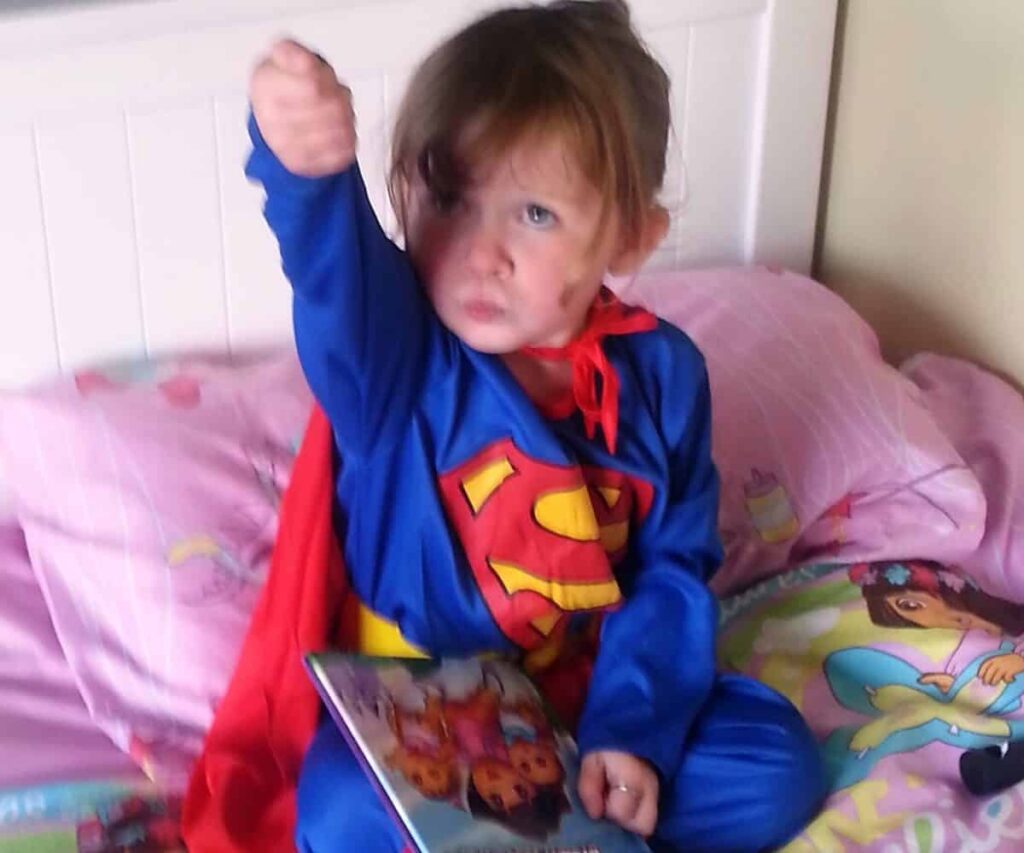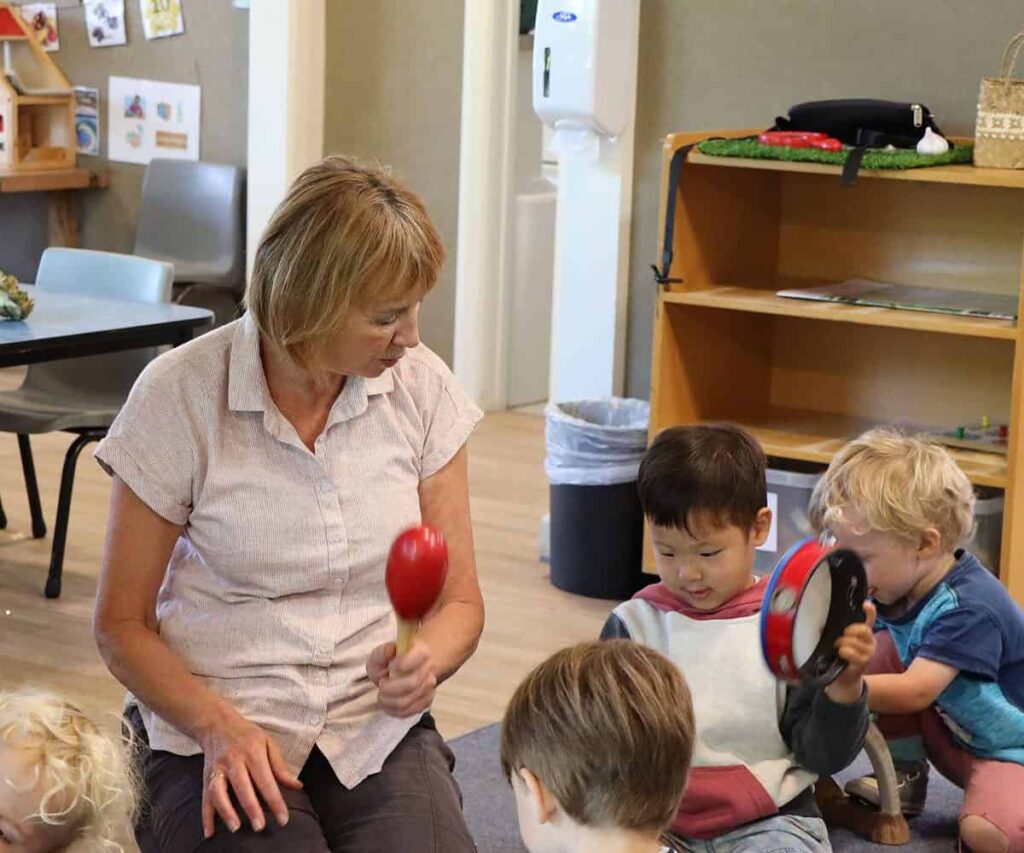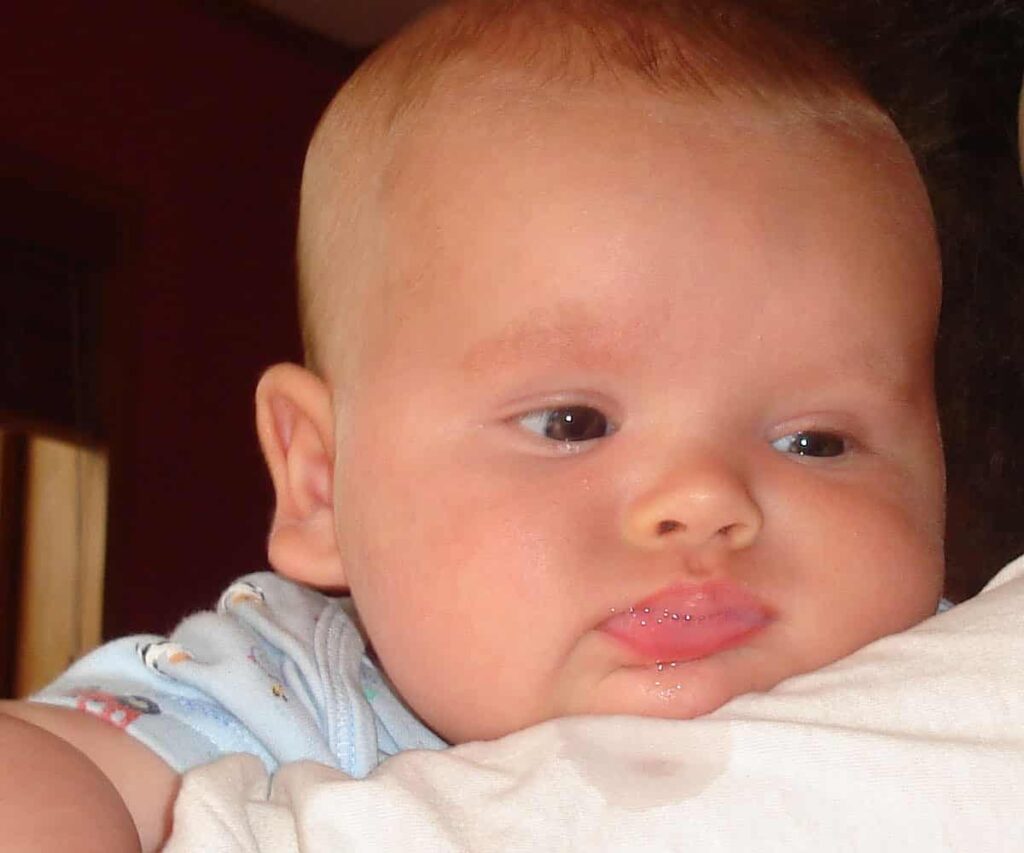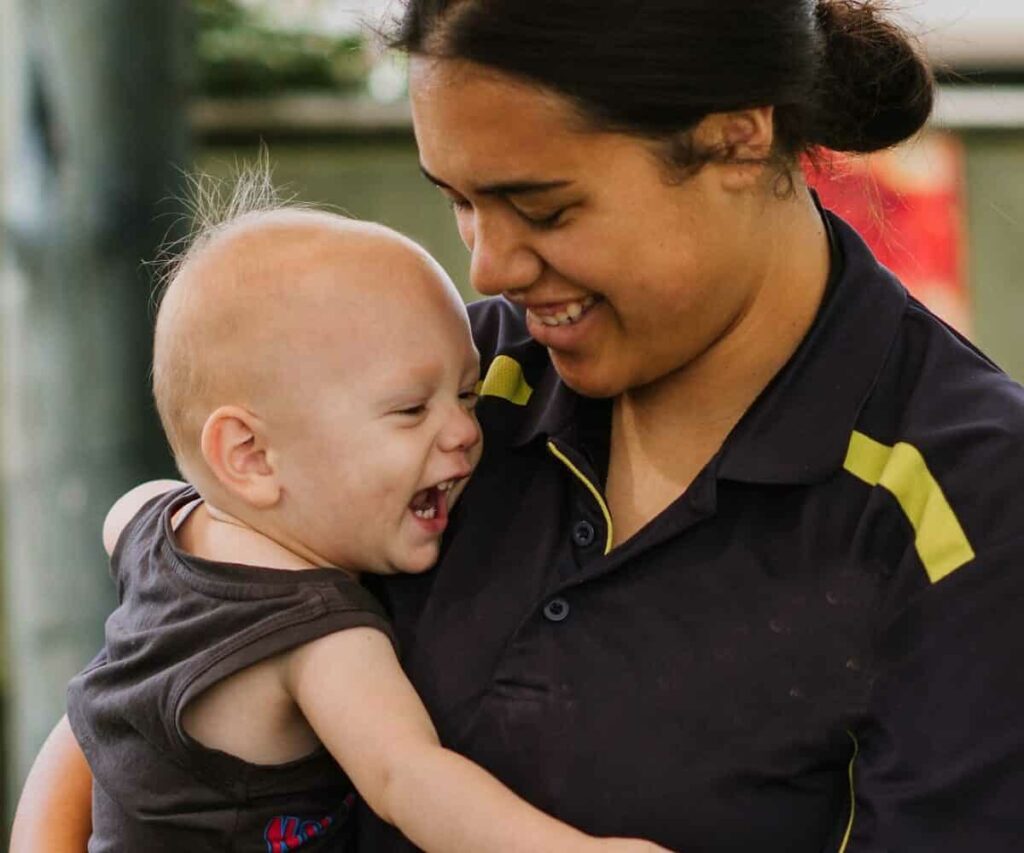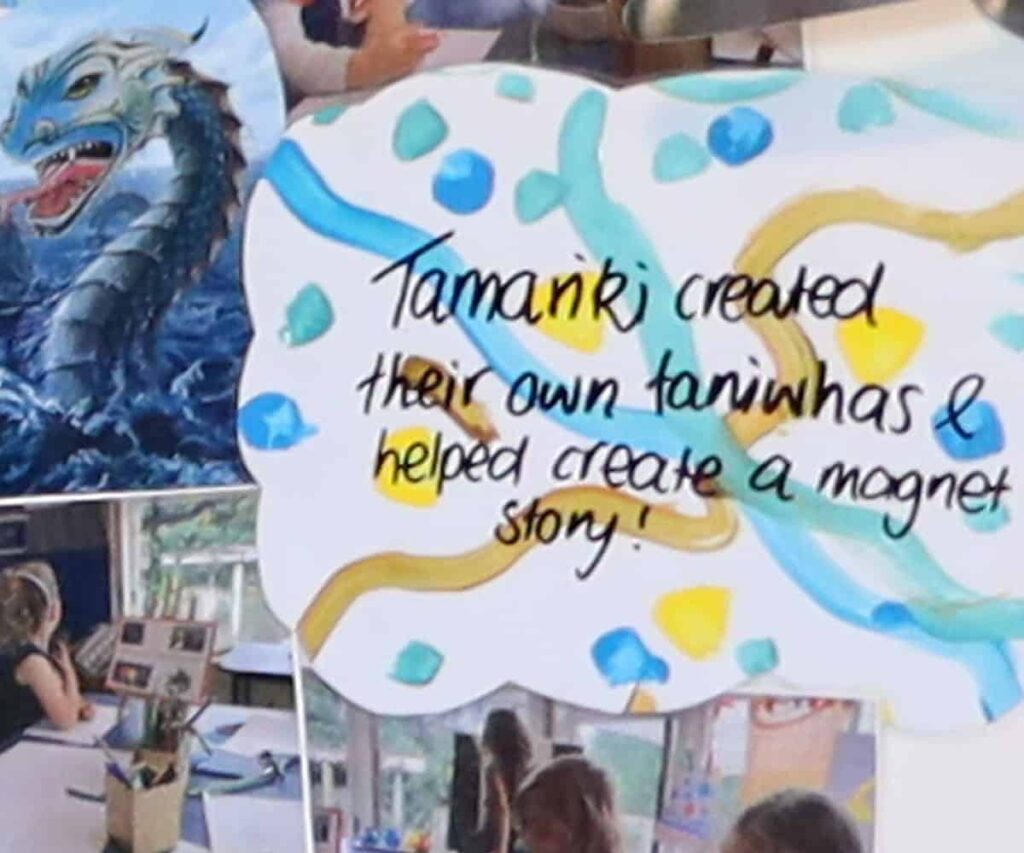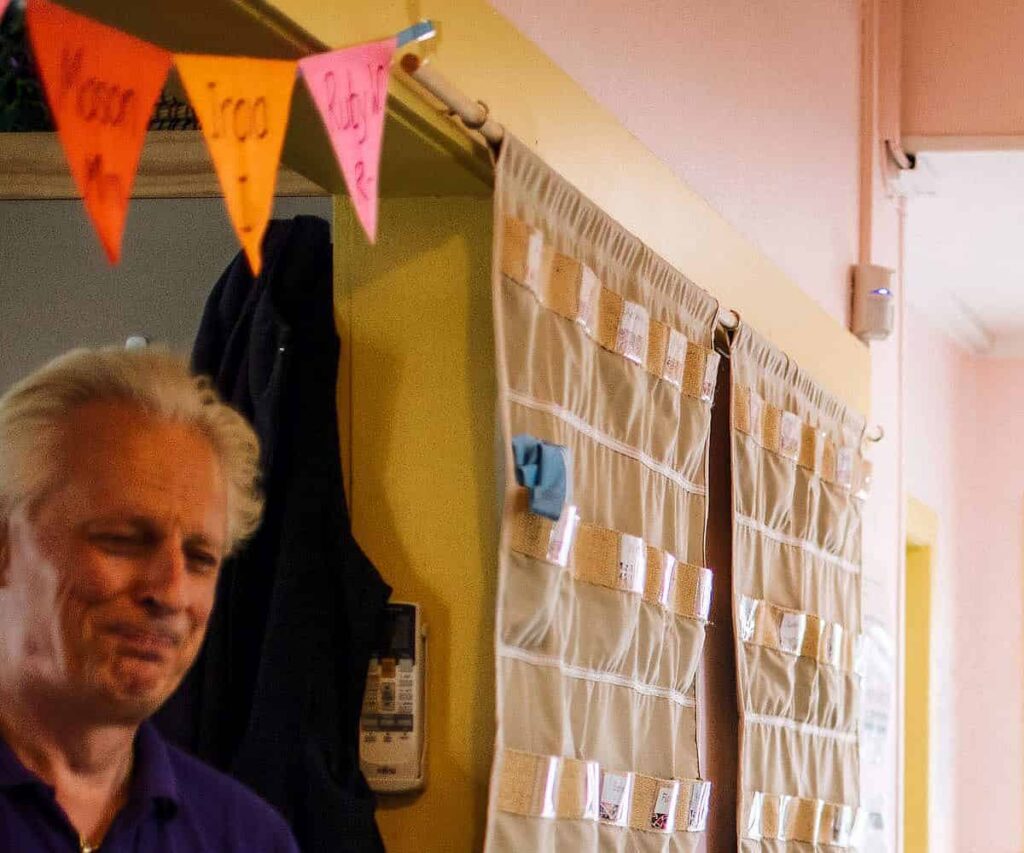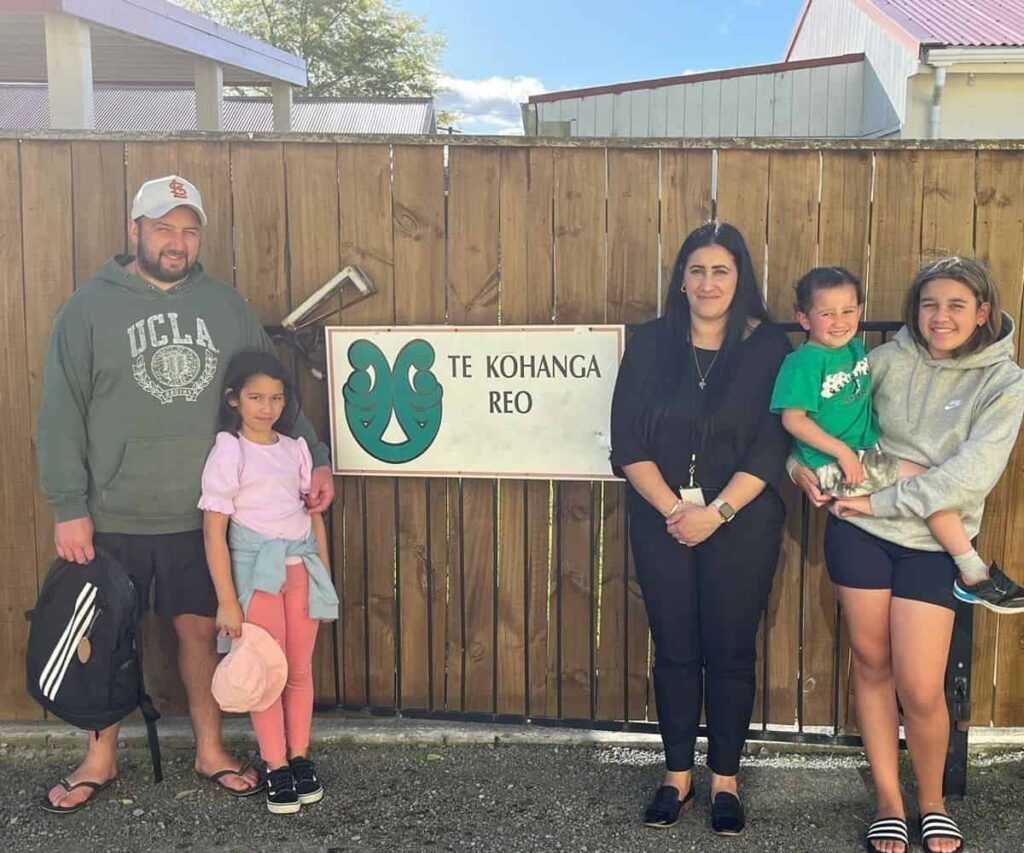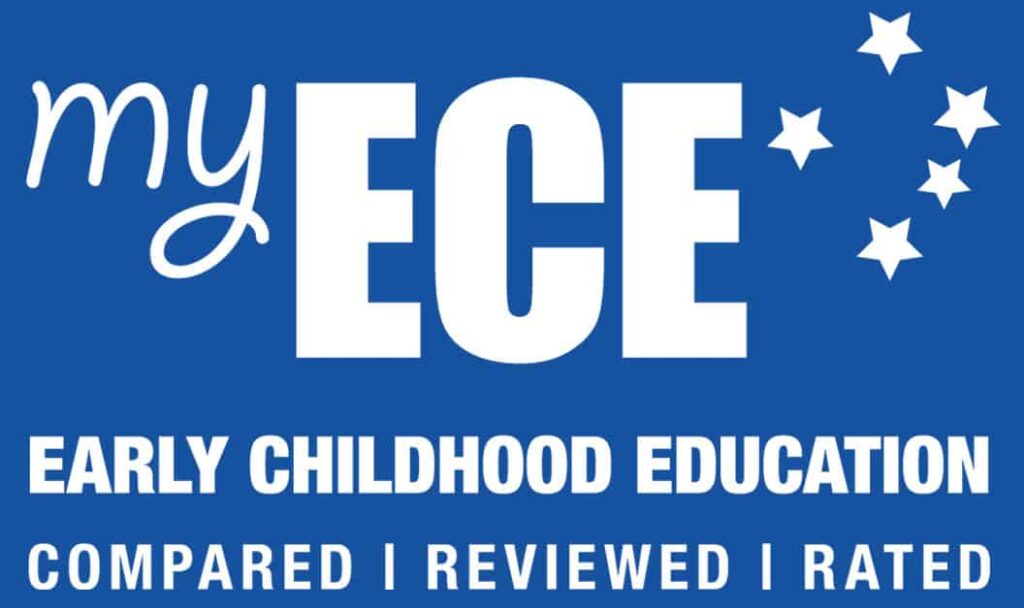Learning Stories are records of what a teacher or educator has seen a child (or group of children) doing in an early childhood programme.
The written story may be as short as one paragraph or one page or longer. It is usually focused on a specific incident or episode, but it may also be a snapshot of a child’s activities over a specific amount of time (e.g., 10 minutes). It may focus on a group activity and be a learning story about an activity that the children did together such as visiting a fire station or going on a walk.
It becomes a ‘learning’ story when the adult adds his/her interpretation of the child’s competencies and dispositions toward learning (such as courage and curiosity, and perseverance). The Learning Story generally is formulated by the adult to highlight what the child can do and is doing rather than what they can’t do.
Also, it is common for the adult to match up the strands of the New Zealand early childhood curriculum Te Whāriki to the story to try to explain what the child (or group of children) have learnt.
Almost always the adult will take photographs or video to include with the written story, and the written story along with the images will be shared with the child and the child’s family.
Collecting children’s learning stories
A collection of learning stories is commonly called a ‘portfolio’. A portfolio is similar to the traditional photograph album, but it is more than an album as it includes the written story behind the images and may include comments and reflections from the child, family, and ECE service participants.
The physical form of the portfolio may be a book or folder. Alternatively, the video, voice, and images may be loaded directly into an on-line e-portfolio.
Learning Stories are said to be suitable for children of all ages and can become longer and more complicated as the children grow and their skills develop. They can also be reviewed at a later date in order to help future planning to further develop a child’s skills.
The Learning Story method for assessing children’s learning
While children in early childhood education are not assessed with end of year tests or other formal assessments, the Ministry of Education requires early childhood programmes to be ”informed by assessment, planning and evaluation … that demonstrates an understanding of children’s learning, their interests, whanau and life contexts”.
Usually because they take time to write, Learning Stories are written up after the event has actually happened and when the teacher is not working with the children (during a teacher’s non-contact time). So, teachers need to have a good memory! And an accurate memory! (Also as explained more below, they need to have had time to get to know very well the individual child they are writing a learning story on, otherwise the risk increases of incorrect assumptions and meanings being ascribed to the child’s behaviour, language and learning.)
Supporters of the Learning Story method of assessing children’s learning praise the ease of access for parents and teachers because the assessments are written like a story and usually include photos which make them attractive to read, share and keep.
While they are praised for collecting interesting examples of children’s activities it has been said that Learning Stories are not necessarily the best way of assessing development over time and in a wider context.
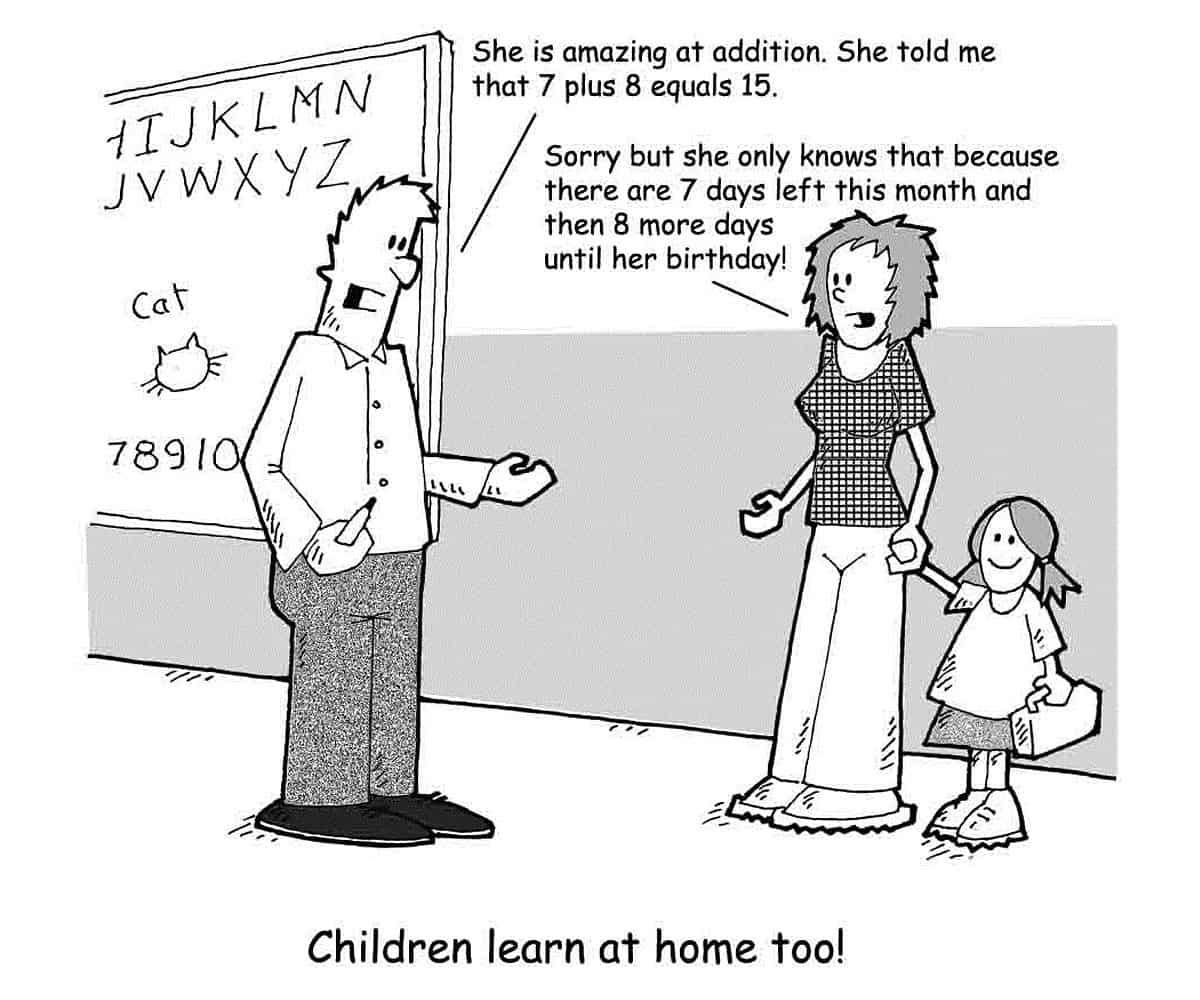
The quality of the Learning Story depends on the adult writing it and her/his own subjectivity (views, values and feelings).
Without the use of other methods of child assessment, Learning Stories can provide only a small snapshot of a child’s learning.
The amount of development the Learning Stories approach can cover depends on how often they are written and how long each observation is. As it takes time to write a story, critics argue that Learning Stories are not written often enough to provide a proper record of a child’s development, sometimes as little as once a month.
There are still few official guidelines on how often Learning Stories should be written and what exactly they should focus on.
Children’s portfolios do not always tell the whole story and do not always include enough involvement from children and their parents.
To properly assess a child’s learning, the adult must know the child well.
Often the adult writing the Learning Story to provide an assessment of the child’s learning, knows little about the child’s behaviour, well-being and experiences outside of the context of the early childhood programme. Home-visits are rarely carried out by teachers.
Learning Stories are still generally the assessment form of choice for most ECE services although some have expanded or adapted the Learning Story concept to better suit their own needs.
There is no standard way of writing a Learning Story and the adults at your child’s early childhood service will have their own way of doing Learning Stories.
Online Portfolios
Digital technology enables faster documentation of children’s activities, faster and increased communication between parents and teachers, and greater attention to understanding children’s interests and strengths.
Two of the main companies that provide a platform for the online publication of learning stories are Storypark and Educa. Storypark probably has the greatest market saturation and appears to be the most popular among early childhood service providers. Here is an example from the demo page of the Storypark company.
Paper portfolios
E-portfolios have been in fashion, but the singular popularity of online recording seems to be dying with the paper portfolio making a comeback – and for good reasons too!
Why? When photos, and stories are printed off and drawings or other things like cards are pasted into a book (e.g., a large scrapbook) or placed in a large clear file folder, the book or folder is for the child. It is something physical that the child can hold. It belongs to the child. It gives the child a greater sense of agency and learning and teaching can become a much more strongly collaborative relationship between the teacher/ educator and the child. The paper portfolio can still go home in the child’s bag each day or each weekend to share with parents and family members.
A paper portfolio is something that children can look at any time at their ECE service, without need to turn on a computer or device. Children can do this on their own, and reflect on past moments, activities, and learnings. They can share their portfolio anytime with their friends.
When they leave, they can take their learning stories home and keep these, as a lovely reminder and memory refresher of their time in ECE.
Read more: It is now some years since the Learning Stories approach to assessing children’s learning was widely and uncritically adopted by early childhood professionals in NZ.
Author: Dr Sarah Alexander. This article was first published by My ECE in 2018.
